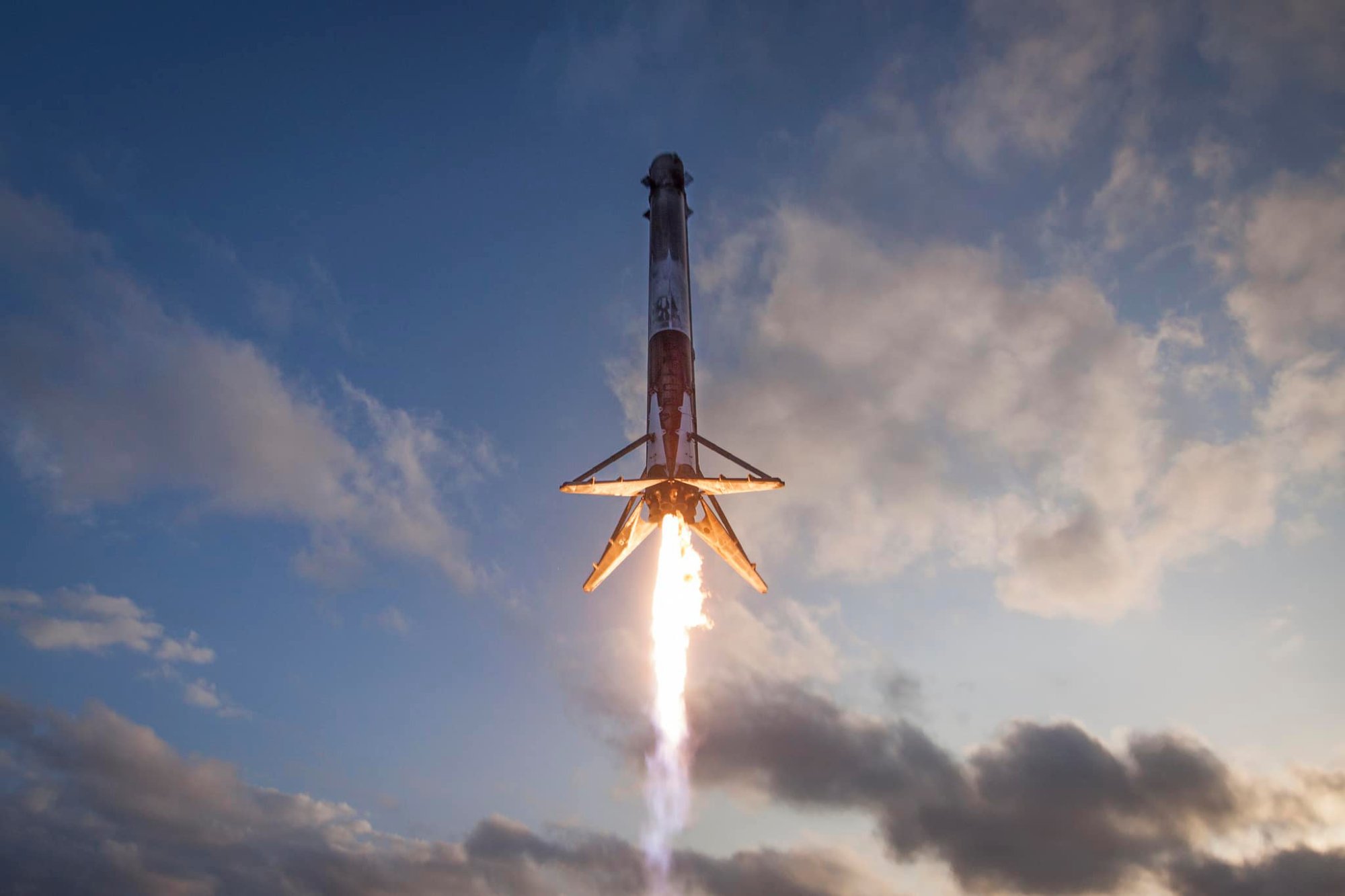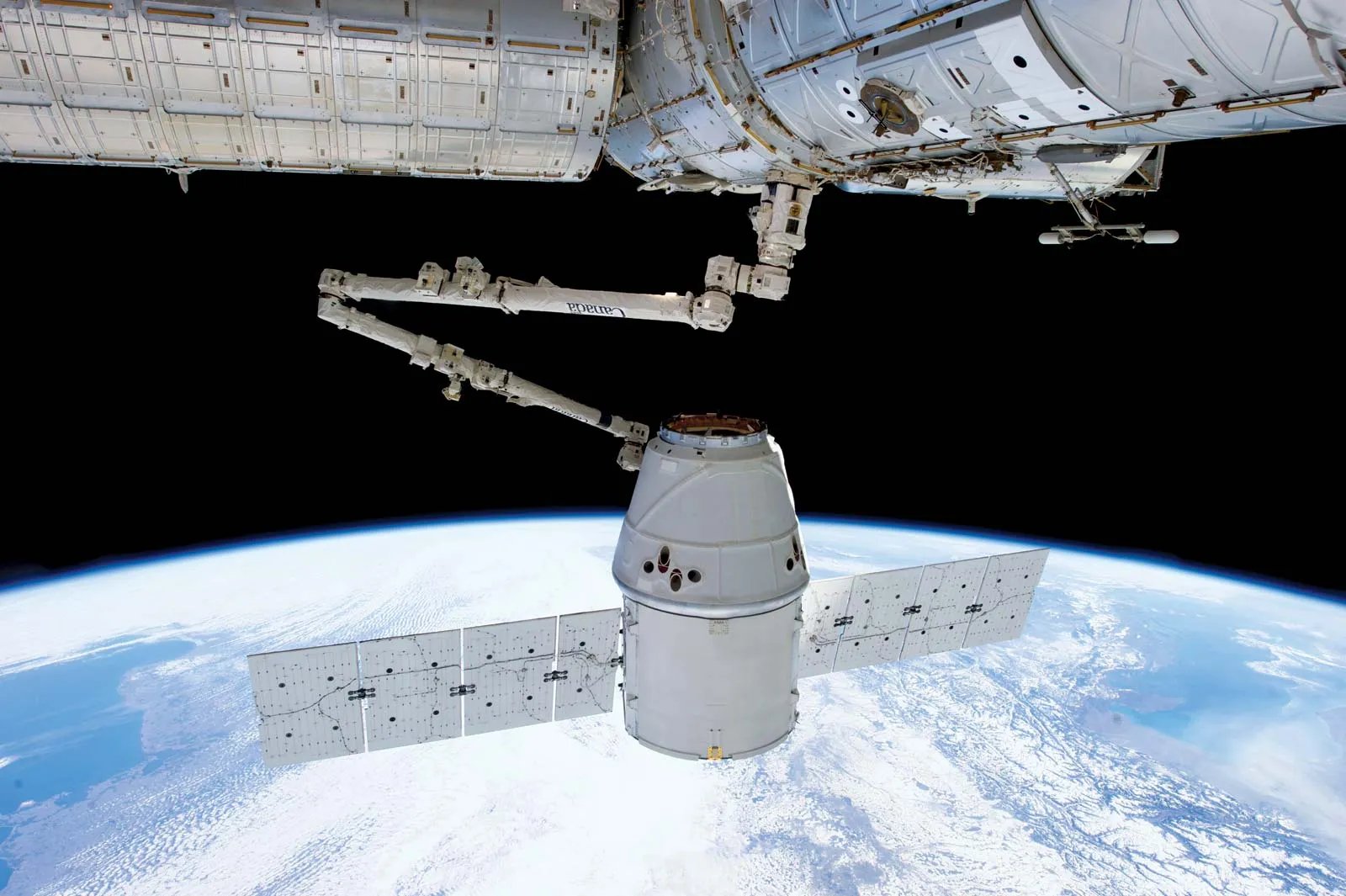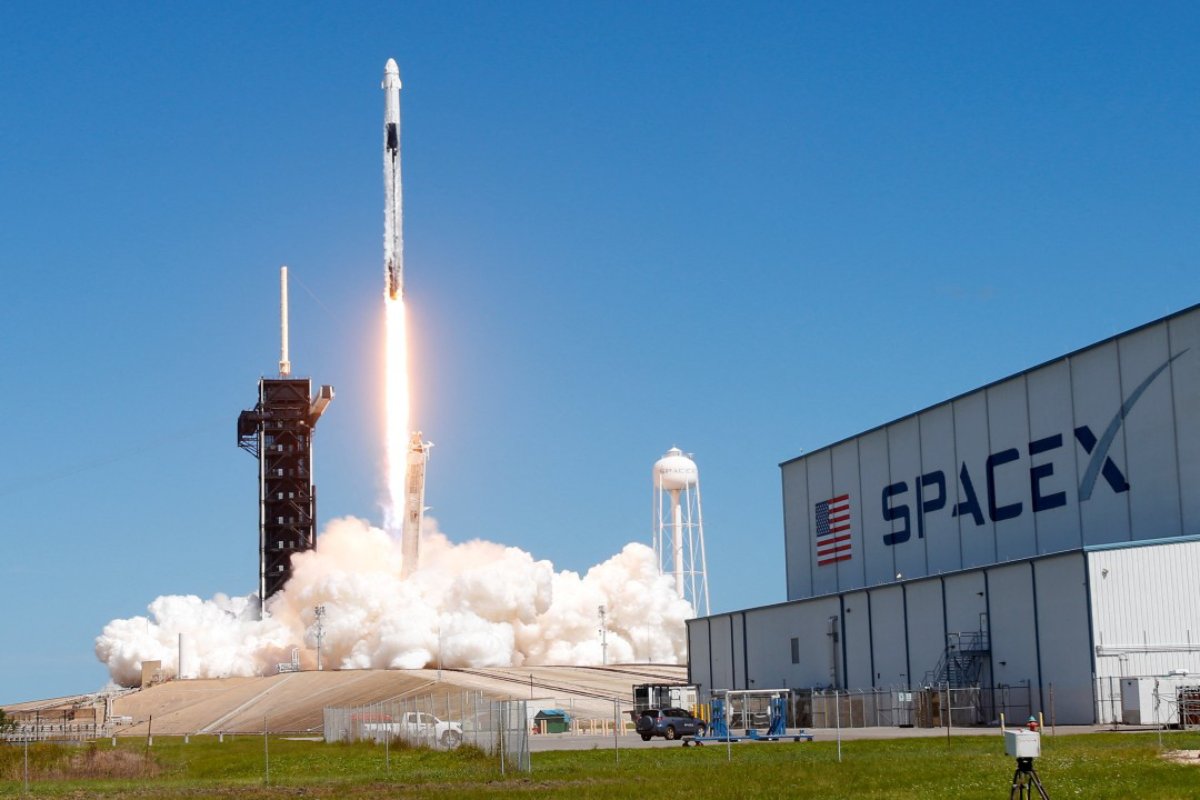Space travel has changed a lot in the last twenty years. This shift is mainly thanks to SpaceX. Elon Musk founded SpaceX, leading to major breakthroughs. These changes have made space exploration cheaper, greener, and more ambitious than ever. SpaceX is at the forefront of a new age in space exploration. They are driving innovations in reusable rockets, interplanetary travel, and commercial spaceflight.
This article looks at important SpaceX missions and Elon Musk’s vision for space. It shows how the company is shaping the future of commercial space travel.
The Vision of SpaceX

Elon Musk started SpaceX in 2002. His goal was to make space travel easier. He also wanted to help humans live on other planets. His ambitious vision focuses on three key objectives:
- Lowering Space Travel Costs: SpaceX has cut launch prices by making reusable rockets.
- Interplanetary Colonization: The goal is to create a human colony on Mars. This will help humanity survive beyond Earth.
- Commercial Spaceflight Expansion: SpaceX wants to make space tourism real. Soon, non-astronauts can explore space and enjoy private space travel.
With new technology and bold ideas, SpaceX is quickly making these goals real.
Breakthrough Innovations by SpaceX
1. Reusable Rockets: The Game Changer
One of the biggest cost barriers in space travel has been the disposability of rockets. Traditional rockets were single-use, making each launch extremely expensive. SpaceX changed the game with its Falcon 9 and Falcon Heavy rockets. These rockets have reusable first-stage boosters. They return to Earth, get refurbished, and are ready to relaunch.
- Falcon 9: The world’s first orbital-class reusable rocket, drastically cutting launch costs.
- Falcon Heavy: It can carry heavy payloads to deep space and is reusable.
SpaceX has cut launch costs by up to 90% by reusing boosters. This makes space more accessible than ever.
2. Starship: The Future of Interplanetary Travel
SpaceX’s biggest project is Starship. It’s a fully reusable spacecraft meant for trips to the Moon, Mars, and more. Key features include:
- 100% Reusability: You can use the booster (Super Heavy) and the upper-stage Starship many times.
- Heavy Payload Capacity: Starship can carry up to 150 tons of cargo into orbit.
- Deep Space Missions: Designed to transport humans and cargo to Mars, creating a pathway for colonisation.
With Starship, SpaceX aims to send the first cargo missions to Mars in the late 2020s, followed by crewed missions in the 2030s.
3. Private Space Missions and Space Tourism
Beyond interplanetary ambitions, SpaceX has also paved the way for commercial space travel. Through the Inspiration4 mission, SpaceX sent the first all-civilian crew into orbit in 2021. Future missions include:
- Polaris Program: A set of commercial spaceflights featuring civilian astronauts.
- Lunar Tourism: SpaceX signed contracts for private Moon missions. One includes a circumlunar flight with Japanese billionaire Yusaku Maezawa.
- Space Hotels & Orbital Habitats: As private spaceflight grows, SpaceX may help create commercial space habitats.
These missions mark the beginning of space tourism, opening the doors for everyday people to experience space travel.
Quick Guide
SpaceX at a Glance: What’s Changing
- Reusable Rockets: Falcon 9 & Falcon Heavy slashing launch costs.
- Starship Project: Fully reusable system built for Mars and beyond.
- Commercial Spaceflight: Space tourism is no longer science fiction.
- NASA Collaborations: From ISS crew transport to lunar landings.
- Bold Vision: Elon Musk’s push for a multiplanetary civilisation.
Pro Tip
Want to understand the real game-changer? It’s not just the rockets—it’s the reusability. SpaceX’s Falcon 9 first-stage boosters can launch, land, and fly again, cutting costs by up to 90%. That’s the rocket science that makes Mars a tangible goal.
Important
SpaceX isn’t just building rockets—it’s building infrastructure for the next era of human civilisation. From Starlink to Starship, each mission is a stepping stone toward a long-term presence in space.
SpaceX’s Role in NASA Missions
SpaceX has been key to NASA’s space programs. They have worked together on many important missions:
1. Crew Dragon and the Commercial Crew Program
SpaceX’s Crew Dragon spacecraft, developed under NASA’s Commercial Crew Program, has become the primary method of transporting astronauts to the International Space Station (ISS). Key milestones include:
- Demo-2 (2020): The first crewed mission launched by a private company.
- Regular ISS Missions: SpaceX now provides routine transportation for NASA astronauts to the ISS.
- Lunar Gateway & Artemis: SpaceX has contracts to help NASA’s Artemis program. They will use Starship for lunar landings.
2. Cargo Resupply Missions
SpaceX’s Dragon spacecraft has done many cargo resupply missions to the ISS. It delivers important supplies, scientific tools, and technology to help astronauts.
3. Mars Sample Return and Future NASA Collaborations
As NASA plans human missions to Mars, SpaceX’s Starship is a top choice. It will transport astronauts and cargo, making it key for future space missions.
The Competition: SpaceX vs. Other Private Space Companies

SpaceX is a leader in the industry. However, it faces competition from other private space exploration companies like:
- Blue Origin (Jeff Bezos): Developing the New Shepard and New Glenn rockets, as well as the lunar lander for NASA.
- Boeing: Competing with SpaceX in the Commercial Crew Program through the Starliner spacecraft.
- Rocket Lab & Relativity Space: Smaller companies focusing on affordable satellite launches.
SpaceX leads the way, even with competition. It pushes limits through its new technologies and bold plans.
Challenges Facing SpaceX
While SpaceX has achieved remarkable success, it still faces several challenges:
- Technical Hurdles: Perfecting Starship’s reusability and safety for human deep-space missions.
- Regulatory Issues: Navigating international regulations for commercial space travel.
- Sustainability: Developing fuel-efficient and environmentally friendly space travel solutions.
- Funding & Investment: Large-scale missions like Mars colonisation require billions in investment.
SpaceX keeps moving ahead, making big strides in commercial space travel despite the challenges.
The Future of SpaceX
The next decade will be critical for SpaceX as it works towards achieving its long-term goals:
- 2024-2026: Regular crewed flights to the ISS and private space missions.
- 2026-2030: Establishing lunar operations under NASA’s Artemis program.
- 2030s: Crewed missions to Mars, paving the way for a permanent human presence.
- Beyond 2030: Expanding space tourism, asteroid mining, and interplanetary colonisation.
With its bold vision, cutting-edge technology, and relentless drive, SpaceX is shaping the future of commercial space travel and inspiring the next generation of explorers.
Top 5 FAQs
1. Why is SpaceX’s use of reusable rockets such a big deal?
Because it radically reduces launch costs. Traditional rockets are single-use; SpaceX’s reusable boosters can be flown multiple times, bringing space travel closer to commercial viability.
2. What makes Starship different from other spacecraft?
It’s the first fully reusable launch system designed to carry cargo and crew to the Moon, Mars, and beyond—with a payload capacity of up to 150 tonnes.
3. Has SpaceX actually sent civilians into space?
Yes—Inspiration4 (2021) made history with an all-civilian orbital flight. More commercial missions are in the pipeline, including lunar tourism.
4. Is SpaceX working with NASA?
Absolutely. SpaceX transports astronauts to the ISS, resupplies cargo, and has been contracted for Artemis lunar missions, including the Moon lander.
5. What’s next for SpaceX?
More frequent spaceflights, lunar missions under Artemis, crewed Mars missions in the 2030s, and the development of space habitats and tourism.
The Future of Space Travel: How SpaceX is Revolutionizing Exploration

From reusable rockets to interplanetary travel, SpaceX is revolutionizing space travel and making once-impossible dreams a reality. Elon Musk’s space projects continue to push the boundaries of innovation, ensuring that humanity’s future extends beyond Earth.
SpaceX is focused on affordability, sustainability, and colonisation. It’s not just changing space exploration; it’s also evolving human history. SpaceX missions to Mars, lunar landings, and space tourism show one thing: the future of space travel is for those who dream big.
Are you ready for liftoff?


